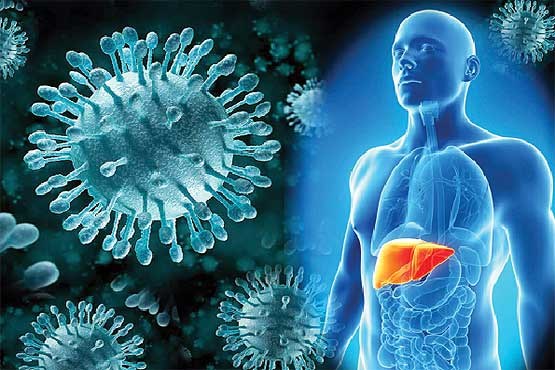
Viral hepatitis is an infection that causes liver inflammation and damage. Inflammation can damage organs. Researchers have discovered several different viruses that cause hepatitis, including hepatitis A, B, C, D and E.
Risk factors
Hepatitis A and E typically spread through fecal-oral transmission pathway; which means contact with food or water that has been contaminated by an infected person’s stool. People may also get hepatitis E by eating undercooked pork, deer or shellfish.
Hepatitis B, C and D spread through contact with an infected person’s blood. Hepatitis B and D may also spread through contact with other body fluids. This contact can occur in many ways, including sharing drug needles, having unprotected sex and needle stick (in health workers).
causes
The hepatitis A and E viruses typically cause only acute infections. In an acute infection, your body is able to fight off the infection and the virus goes away.
The hepatitis B, C and D viruses can cause acute and chronic infections. Chronic hepatitis occurs when your body isn’t able to fight off the hepatitis virus and the virus does not go away. Chronic hepatitis can lead to complications such as cirrhosis, liver failure and liver cancer. Early diagnosis and treatment of chronic hepatitis can prevent or reduce the risk of developing these complications.
Signs and symptoms
The effects of hepatitis A, B and C are similar. You might have:
-
Loss of appetite
-
Nausea
-
Abdominal discomfort
-
Hematuria
-
Acholic stool
-
Jaundice
If you have chronic hepatitis C, it could lead to cirrhosis (scarring of the liver).
Nutritional consideration
For prevention and treatment of viral hepatitis:
-
Hygiene and sanitation. Persons who travel internationally are at higher risk of hepatitis A virus (HAV) through the consumption or handling of contaminated uncooked fruits and vegetables. Boiling or cooking food and water for ≥ 1 minute to 85°C (185°F) is necessary to inactivate HAV.
-
Avoiding contaminated shellfish and game meat. Most acute HAV infections are due to contaminated shellfish consumption. Shellfish are often taken from wastewater-polluted areas of the sea and can concentrate the microbial pathogens in seawater. Hepatitis E virus (HEV) has been identified in contaminated shellfish, as well as animal meat, particularly wild game and contaminated pork.
-
Avoiding high-iron foods and iron supplements. Hepatitis C progression occurs in patients as a result of accelerated hepatic iron uptake and the oxidative stress caused by iron-catalyzed free radical production. Along with phlebotomy, a low-iron diet helps in reduction of the risk of hepatocellular carcinoma (HCC) in these patients.
-
Nutritional supplementation may be required. Treatment with interferon (IFN) can cause digestive complaints with a subsequent lack of appetite and has been reported to result in weight loss in 11-29% of treated patients.
-
A low-fat, low-cholesterol diet may be helpful. Chronic hepatitis C (CHC) infection increases the risk of hepatic steatosis. A higher intake of dietary cholesterol contributes to this problem and is associated with the progression of hepatitis C-related liver disease. Individuals who consume low-fat (23% of calories) and low-cholesterol (185 mg/d) regimen experience a reduction in elevated-liver enzymes and improvement in immunological abnormalities known to contribute to liver inflammation in patients with CHC.
-
Adequate vitamin D level. Vitamin D deficiency is common in patients with chronic liver disease, and these patients may have a reduced ability to convert vitamin D to its active form. There is an inverse relationship between vitamin D concentrations and viral load in patients with CHC. Vitamin D deficiency significantly reduces the risk of sustained virological response to pegylated interferon and ribavirin; though, vitamin D supplementation improves the responsibility to the treatment.
-
Avoidance of extreme B12 level. Adequate B12 level helps in the clearance of hepatitis C virus (HCV) from the circulation of infected patients. However, overly high serum B12 levels may also increase viral replication; therefore, the level of HCV-RNA is increased.
-
Coffee consumption and chronic hepatitis C. Coffee consumption may be helpful by, reducing oxidative DNA damage, increasing death of virus-infected cells, stabilizing chromosomes and reducing fibrosis. Moderate daily unsweetened coffee is a reasonable adjunctive therapy for NAFLD patients.




